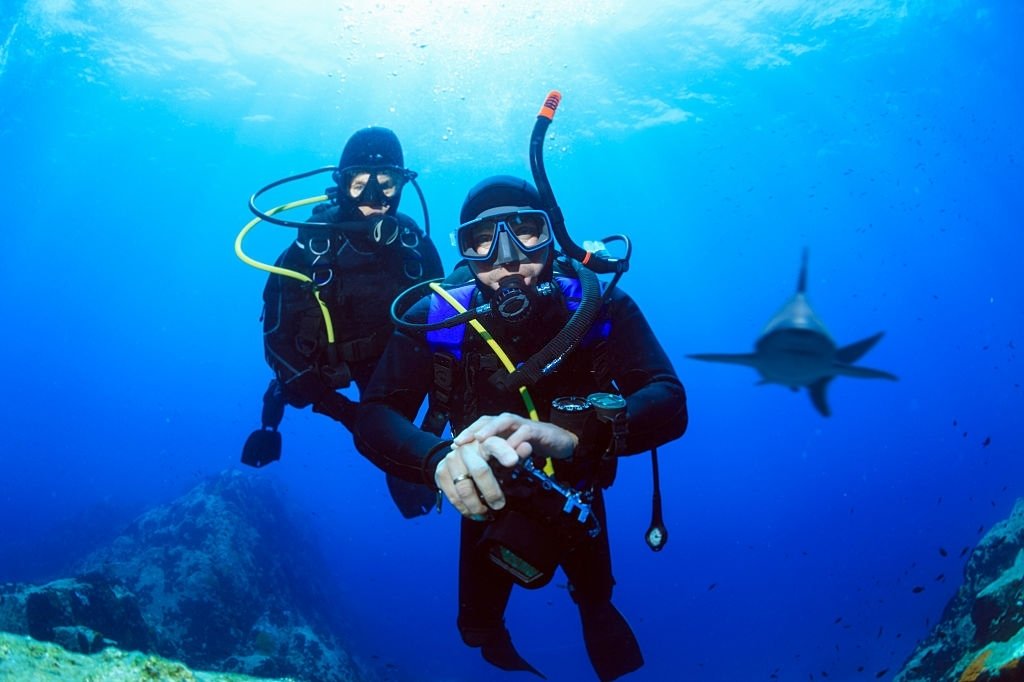
When most people think of a whale shark they usually visualize a massive fish with an elongated head and large forefoot that can be found lurking in the depths of a cold blue ocean. However, there are actually several different species of whale sharks including the common bull shark, which live in the warm temperate tropical Pacific Ocean, the blue shark, which can be found off the southern coasts of South America, and the black stingray which are only found in the Caribbean. In fact, there are more than a thousand whale sharks around the world, making them the second most common fishoid after the earthworm. These massive fish range in size from a few inches long to over forty feet. Measuring up to 45 inches in maximum length, these enormous giants subsist solely on a diet consisting of small fish, krill and sometimes squid.
Because of their extreme feeding habits, whale sharks are often hunted by seal hunters and pirates although they are not considered endangered. In fact, in some parts of the South Pacific there are pilot whales that chase and catch the sharks, and once they are hunted it is believed that they become protected in areas only frequented by seals. This is not the case in other parts of the world where the sharks are hunted for their meat.
One of the most feared whale sharks in the world is the Great White shark. Laid with wide open jaws, the Great White shark can grow to be nearly nine feet long (including its tail). Most of the time this shark attacks ships or other boats, terrifying their occupants with its single, powerful bite. However, this massive predator is only used as a defensive measure, as it is rarely involved in ship-to-ship combat. As a result, only a few ships have ever encountered the great white, and even fewer have been able to sink it.
Another extremely common whale shark in the ocean is the Rhincodon. The largest known rhincodex is around thirty feet long and weighs up to one and a half tons. It can live in lakes, rivers and oceans, and is rarely seen except when it attacks swimmers or sailors. In fact, the largest recorded rhincodex attack was forty-four pounds and six hundred thousand pounds.
One of the smallest whale sharks is called theargentina. These sharks are less than a foot in length and can live in shallow waters of the southern Atlantic, Pacific and Indian oceans. These sharks feed on smaller fish, crustaceans and squid. They have been known to prey on sharks, but it is unknown if any have ever attacked or attempted to attack a live person. No shark has ever been observed attacking a horse, which is the largest fish in the ocean.
There are a number of rumors regarding the presence of sharks in Australia. One of these is that they have been responsible for a series of attacks on swimmers off the coast of Western Australia. In one story, a man had his leg bitten off by a shark while surfing. Another account stated that a shark was responsible for the drowning of a young woman in the Adelaide suburb of Cairns. No evidence has ever backed up these stories.
A great white shark, also known as a blue shark, is the third species mentioned. These sharks can grow up to seven feet in length and are famous for their great size. They are not generally aggressive unless they feel threatened, but many times they will strike out when they are provoked. This may be due to their habit of ambush attacks, in which they leap from the water onto their victims, bite them and then return to hide until they sink below the surface. When the great whale shark senses a potential threat, it uses its superior sense of smell to detect any upcoming danger. It then comes up with a sudden burst of speed to attack and bring down its prey.
The commonest types of attacks are reported near coastlines where whales are commonly found. The other main reason for a whale shark attack is when a fishery exists near a whale shark’s nesting area. It has been known to swim alongside boats and come up behind them to feed. When this happens, it can often sting the pilot during an attempted landing.








